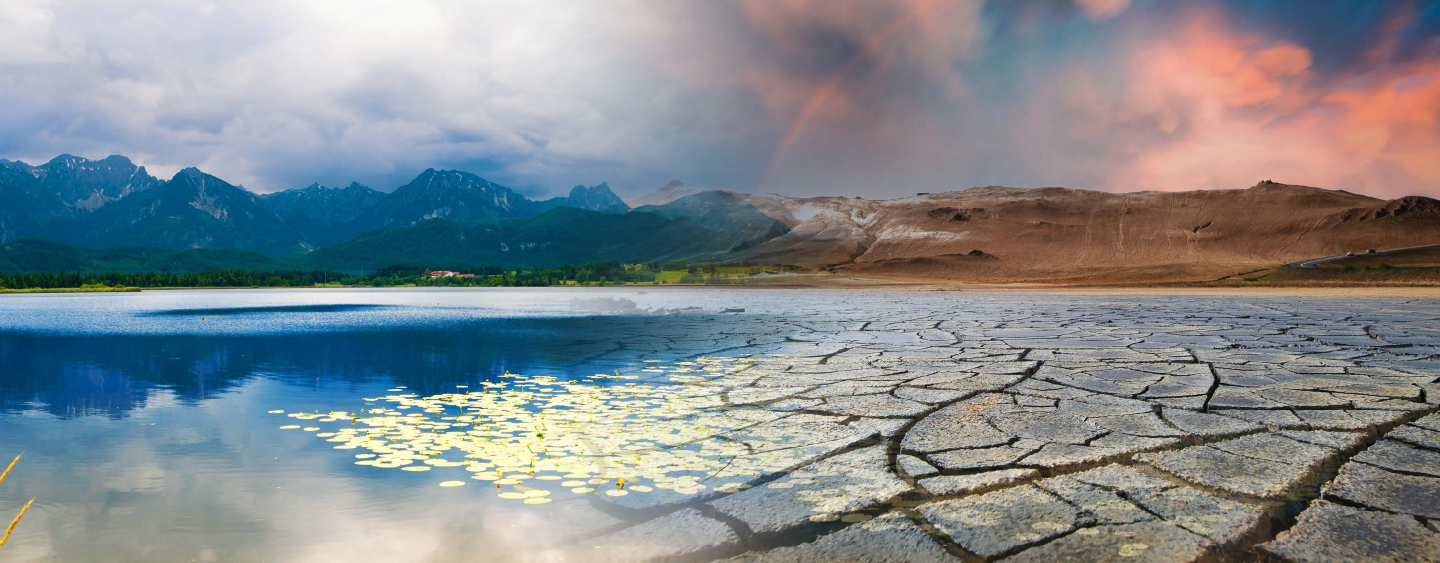I’m sure we can agree that there is a strong consensus about the need to reduce CO2 emissions and reach net zero as quickly as possible, especially with the 2050 target being well established across many countries and organizations.
Whilst some might argue that this is not enough, I think that having a widely agreed target is useful to help focus our minds as a globally collective unit and to demonstrate and measure progress in our efforts to address the challenge of climate change.
So, how are we doing? Unfortunately, not well enough.
CO2 emissions continue to rise
The International Energy Agency (IEA) recently published it’s 2022 CO2 Emissions Report and whilst the good news is that energy related CO2 emissions rose less than predicted, they still increased by 0.9%, or 321 million tonnes.
And worse, 60 million tonnes of that increase can be attributed to cooling and heating demand as a result of severe weather – in other words, we’re contributing to climate change by responding to the impacts of climate change!
It’s clear to me that we need to knuckle down to make a significant difference this year to accelerate the clean energy transition and move our path away from this current unsustainable trajectory of increasing CO2 emissions. But what steps can we take to make this happen?
Individual decisions, collective impact
Individuals across the world are clearly having a positive impact. After all, the IEA report confirms that the predicted rise in emissions was mitigated by the outstanding growth in electric vehicles (EVs), heat pumps and energy efficient technologies.
As we each make these fantastically positive decisions to buy an electric vehicle or swap gas heating for an energy efficient heat pump, we continue the rise of electrification. The trick here is to make sure that the electricity powering those environmentally sustainable technologies is also sustainable.
In other words? We need to generate and integrate more renewable energy into the grid.
And where we have more renewables, we need smarter power grids to connect and distribute that renewable energy to where it’s required.
So, what’s the IEA’s verdict on our progress on smart grids?
“More efforts are needed.”
What steps can utilities take to reduce emissions and achieve net zero?
This year feels like the year that we need to accelerate progress on smart grids in order to facilitate the connection of more renewable energy sources.
If we can work towards achieving this, then we can empower individuals to continue making their positive and sustainable choices which all ultimately reduce CO2 emissions.
If it all seems interconnected that’s because it is…and that’s the challenge.
Aligning the various pieces in the right way, at the right time to complete the jigsaw of a puzzle that is Net Zero.
We know the picture.
We’ve got the pieces.
So, let’s work together to get this done.

